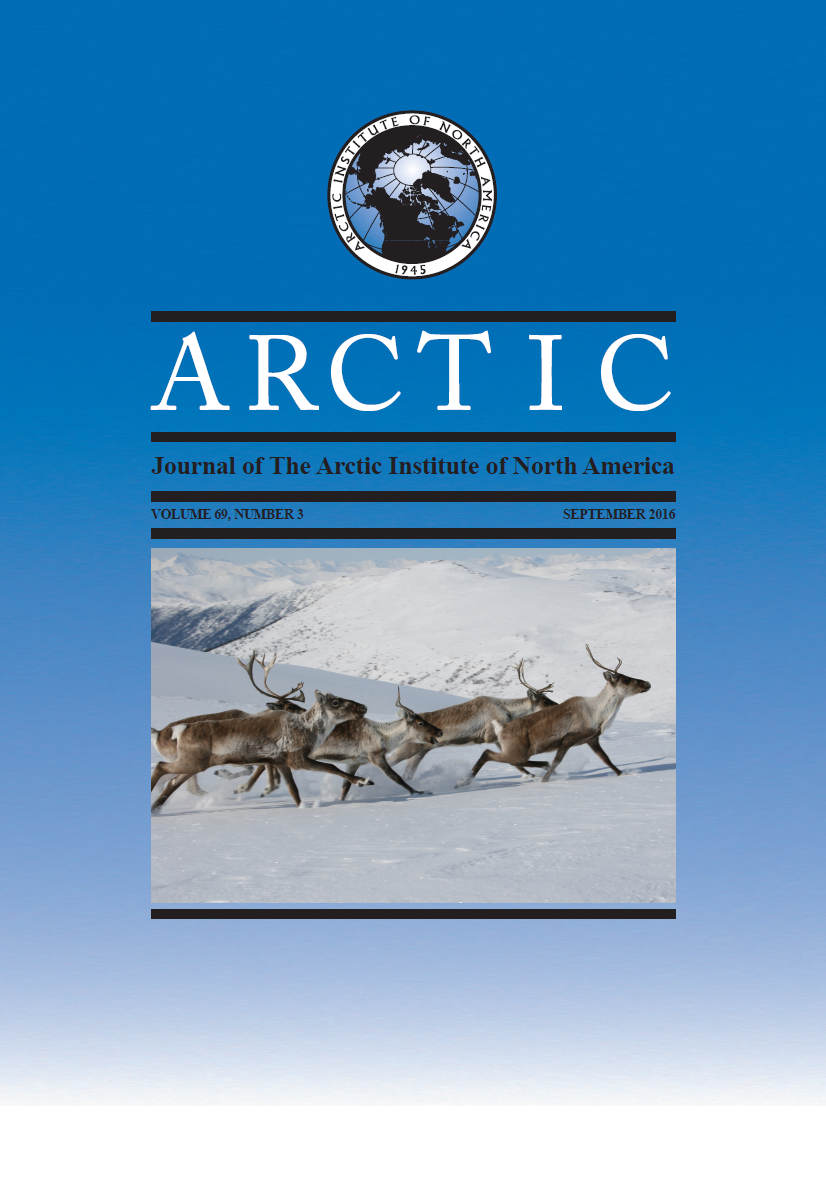Challenges in the Assessment of Inuit Food Security
DOI:
https://doi.org/10.14430/arctic4579Keywords:
food security, Inuit, indigenous peoples, subsistence, mixed economy, research methodsAbstract
In the past few years, food security survey modules have been widely used to assess Inuit food access. However, these modules were not originally designed for use in mixed economies where both purchased and country (hunted, fished, and gathered) foods contribute to peoples’ diets. These methods have been extensively tested and modified for use in Alaska, but research conducted in the Canadian Arctic has not been rigorously evaluated. This paper examines the validity of a modified version of the commonly used USDA Household Food Security Survey Module for assessing the food security of Inuit households in Kangiqsujuaq, Nunavik. The data come from 110 household surveys that were collected as part of an extended ethnographic project in the community. Rasch modeling of the food security module results indicates that, even with modifications that make reference to country food, the module assesses only the dimension of food security related to material wealth. Household income is a contributing factor for country food access, because it is important for access to harvesting equipment; however, other factors related to country food harvesting may affect the reliability of some food security module questions. Consequently, studies that assess Inuit food access using only standard survey modules may misrepresent how Inuit experience food insecurity, which is a serious concern given the current food crisis among Inuit in Canada. Assessment tools that provide reliable and valid assessments of country food access, specifically including traditional knowledge and social support networks, need to be developed.


